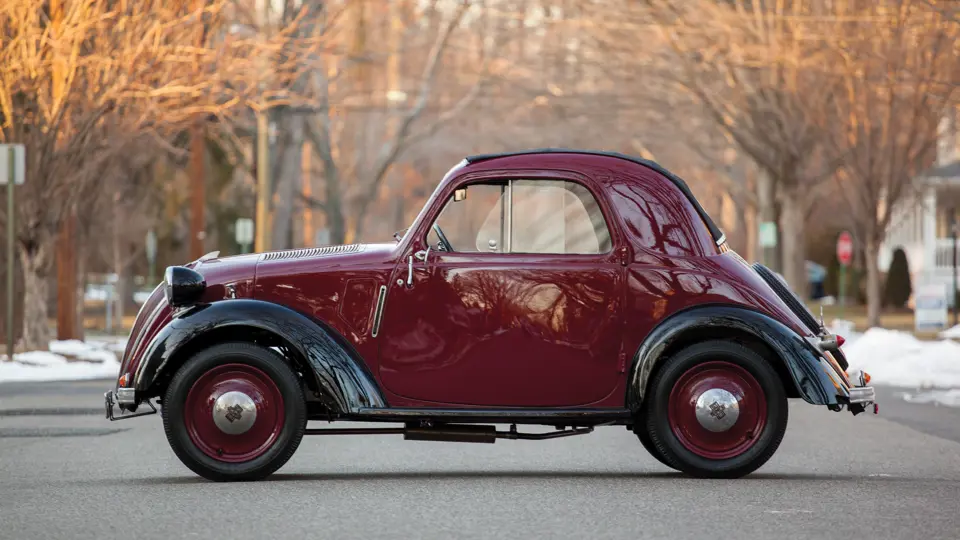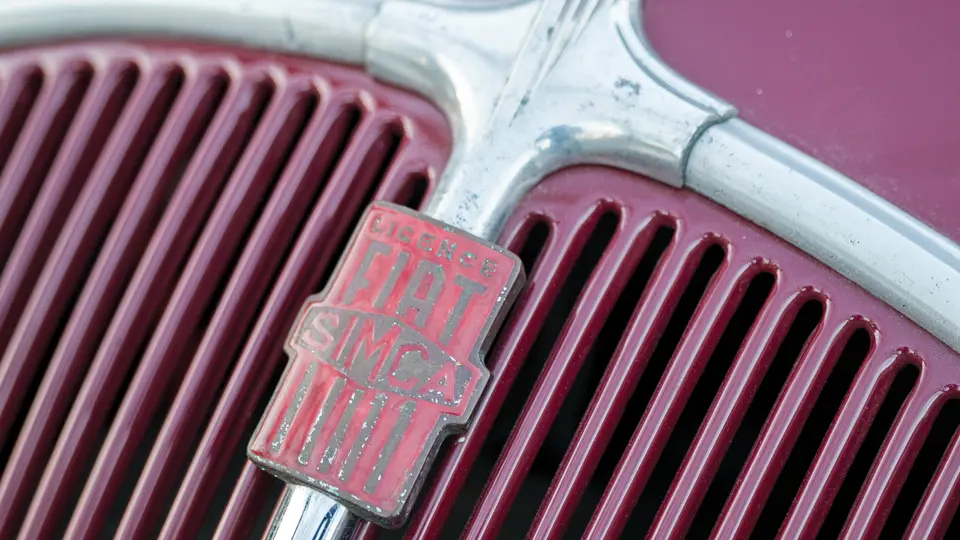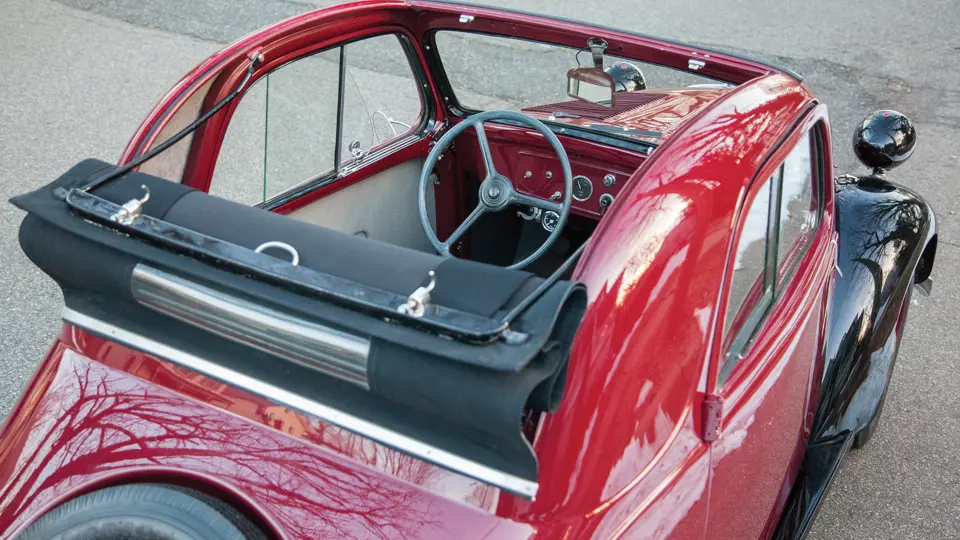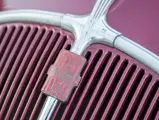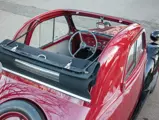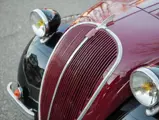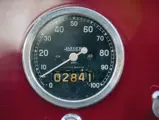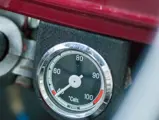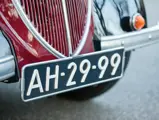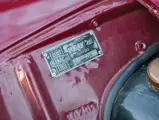13 bhp (5 CV), 569 cc L-head inline four-cylinder engine, four-speed manual transmission, independent front suspension with a transverse leaf spring, live rear axle with quarter-elliptic leaf springs, and four-wheel hydraulic drum brakes. Wheelbase: 78.7 in.
In 1937, Fiat introduced a new 500 model, so designated from its metric engine displacement. Soon, however, it acquired the nickname “Topolino” (little mouse in Italian), for its exposed headlights that resembled mouse ears. At the time, it was one of the smallest cars in the world.
It was designed by brilliant engineer Dante Giacosa and was introduced with advanced features, which included independent front suspension via a transverse leaf spring and quarter-elliptic leaf springs with torque arms in the rear, hydraulically actuated drum brakes on all four wheels, and a 12-volt electrical system. Many of these features were not even found on some larger and more prestigious cars of the era.
Promotional materials boasted the Topolino’s top speed as 53 mph, from just 13 horsepower, and a fuel economy of 40 mpg, making it a truly remarkable design for its time.
The engine featured a two-main-bearing, four-cylinder engine, and fuel was fed to it by gravity, from a tank on the firewall, while power was transmitted by a four-speed transmission. At a price of about $100, it was also a real bargain.
It didn’t take long for the French to notice. Henri-Théodore Pigozzi, the Fiat distributor in France, had formed Société Industrielle de Méchanique et Carrosserie Automobile, abbreviated to Simca, at Nanterre, a western suburb of Paris, in 1934. Initially, he built some Fiat Billillas, badged as Simca-Fiat 6 CV (with “CV” standing for chevaux, the French formula for horsepower), and a few 11 CV cars. When the Topolino appeared, Pigozzi wasted no time putting it into production as the Simca Cinq (for 5 CV, its horsepower rating).
Like the Topolino, the Cinq was available as both a two-passenger coupe and a cabriolet with a slide-back roof. This Cabriolet was discovered by the current owner after an exhaustive, 15-year search for an original specification Topolino. Many of the Topolinos that reached the United States suffered from the removal of their bodies for use on dragsters, making unmolested examples very rare. This car, found in Holland, sports French-specification yellow headlights and cloth-trimmed seats, as well as other Gallic touches, including semaphore turn signals and full bumpers, which do not appear on basic Italian 500s. Conventional directional signals have since been unobtrusively fitted for safety in modern traffic.
This car, comprehensively restored in Europe, presents beautifully in its garnet over black paintwork. It will provide its owner with a unique driving experience, and it is sure to elicit many smiles wherever it is seen.




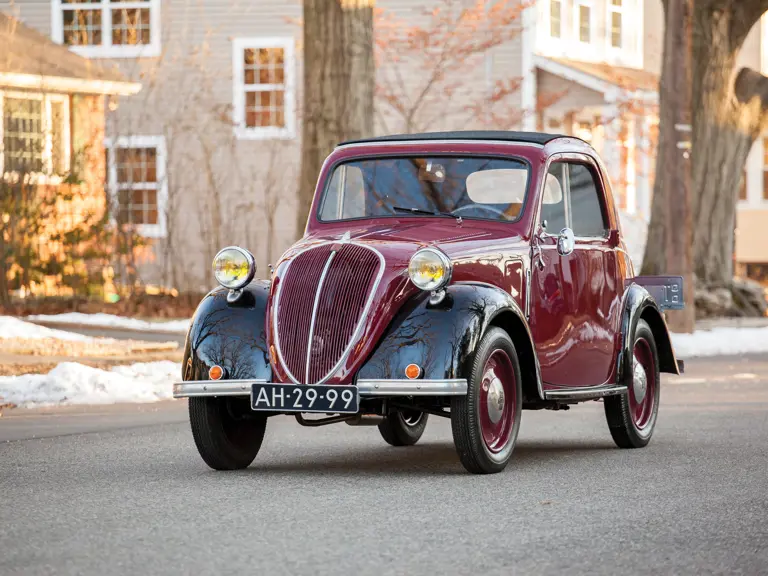

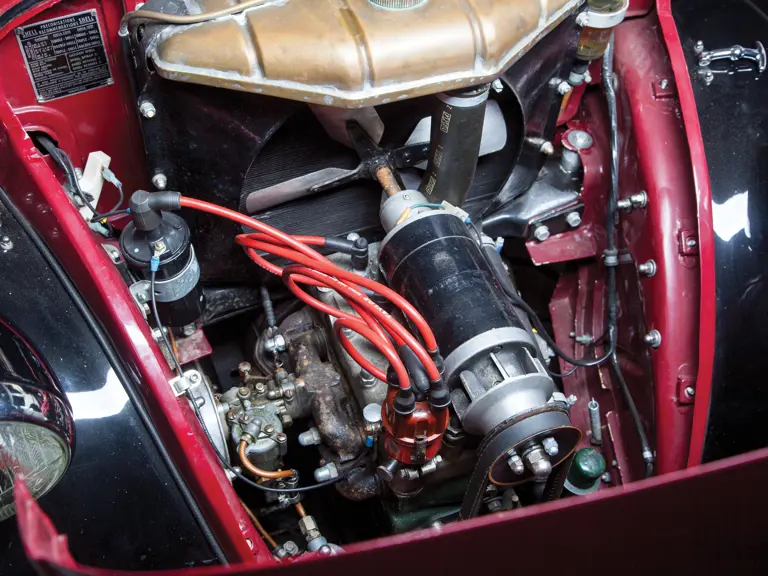
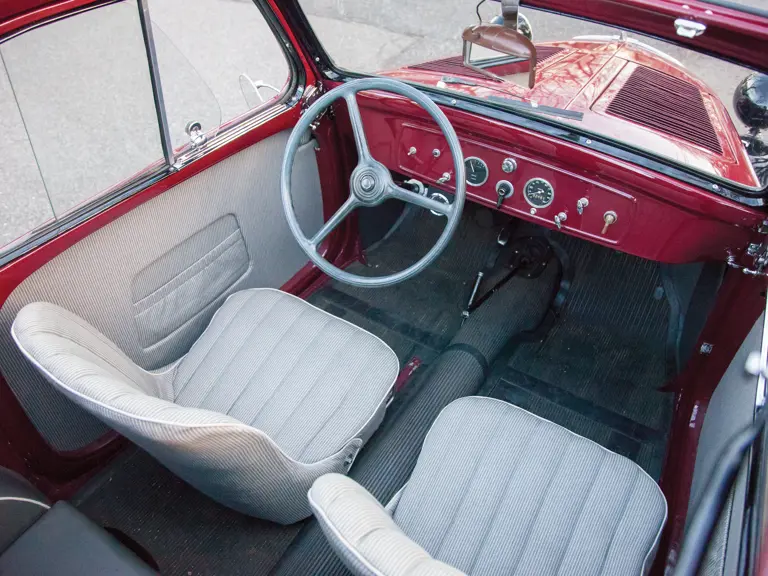
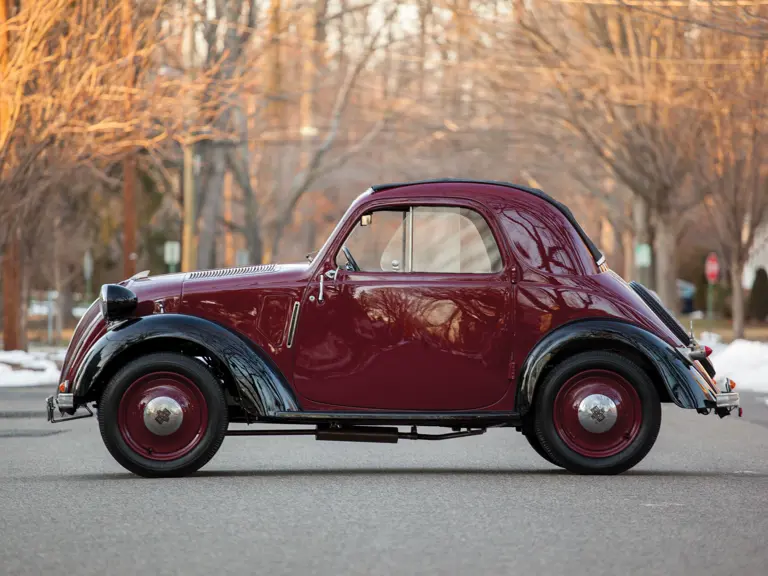
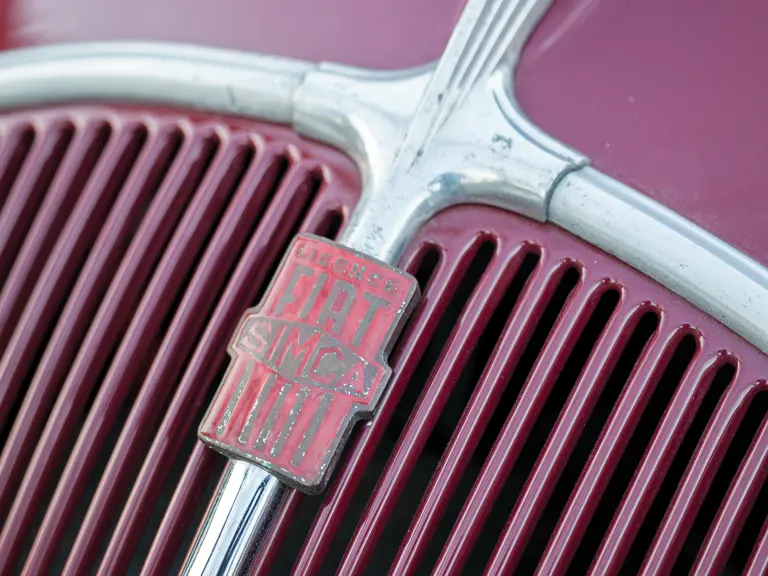
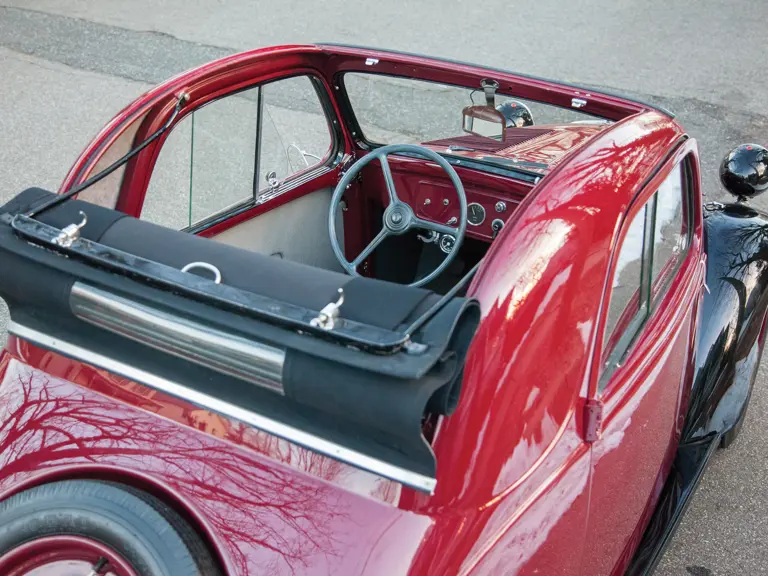
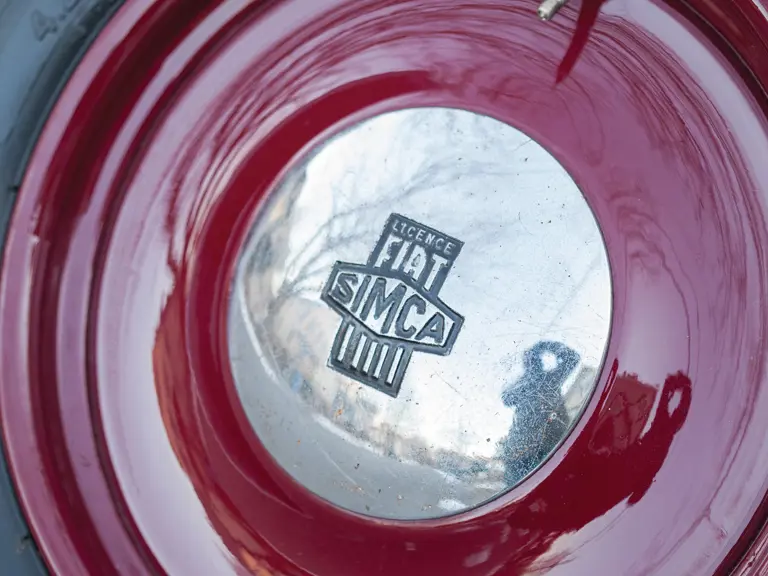
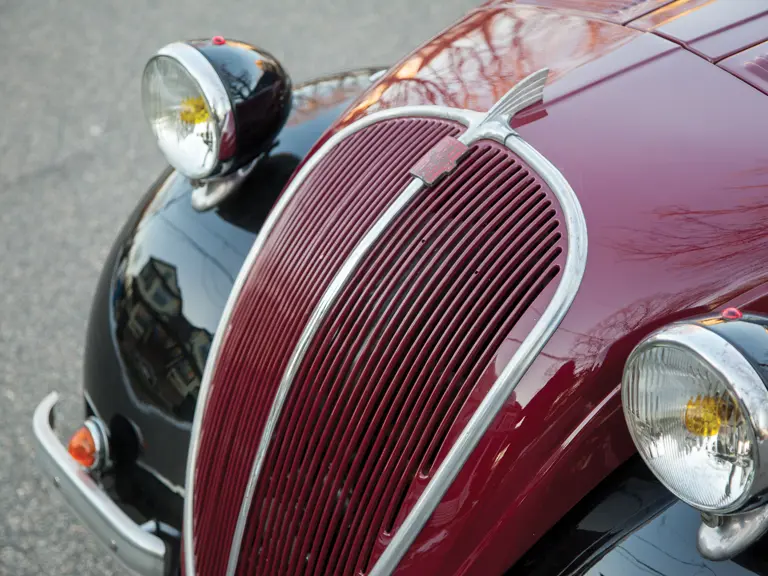
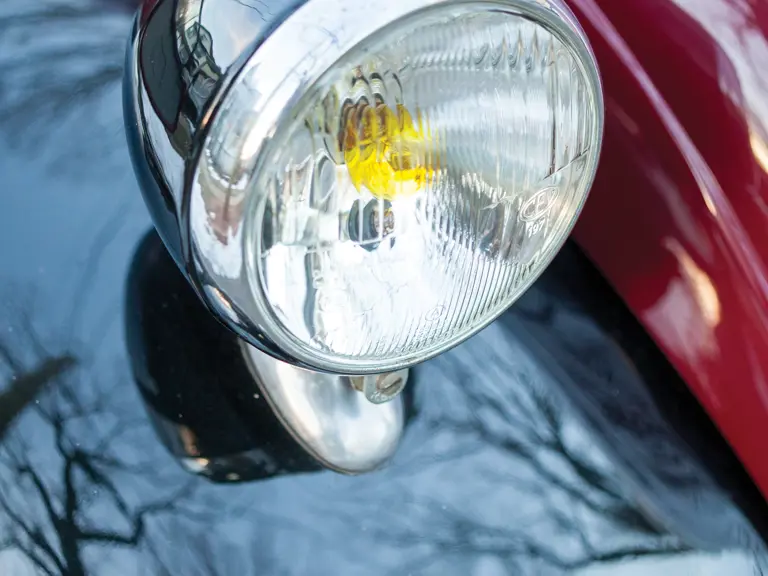
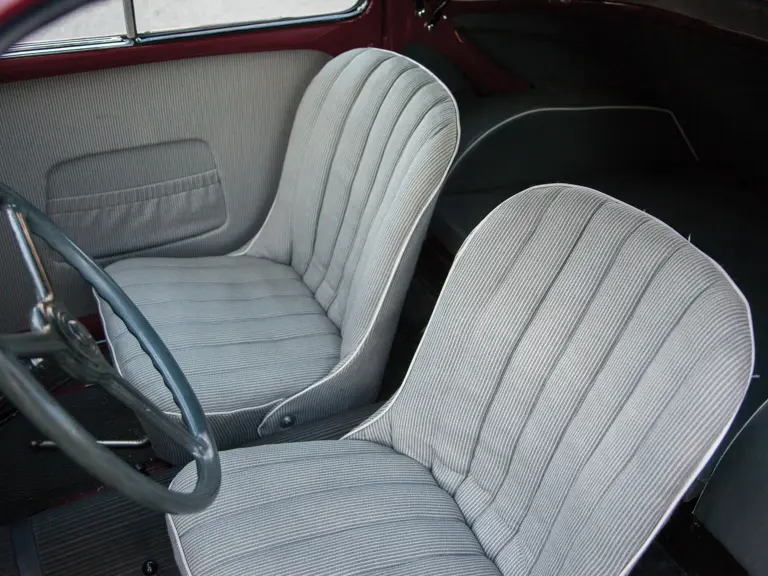
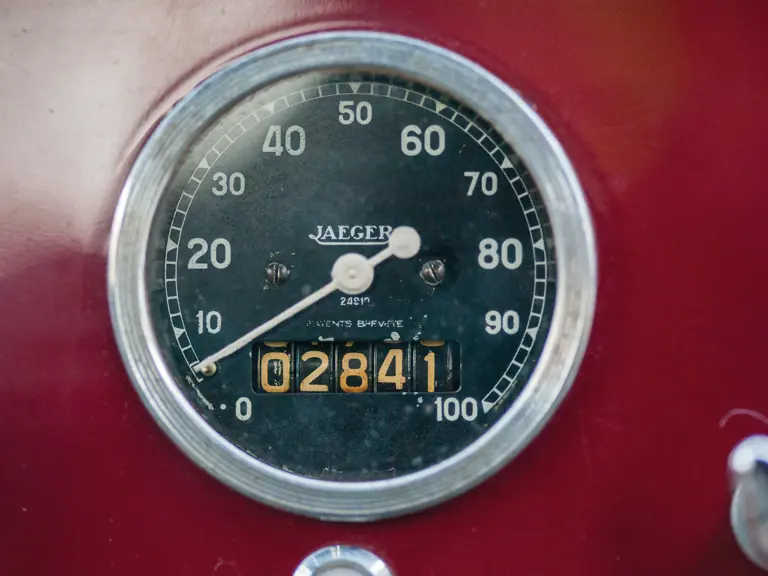
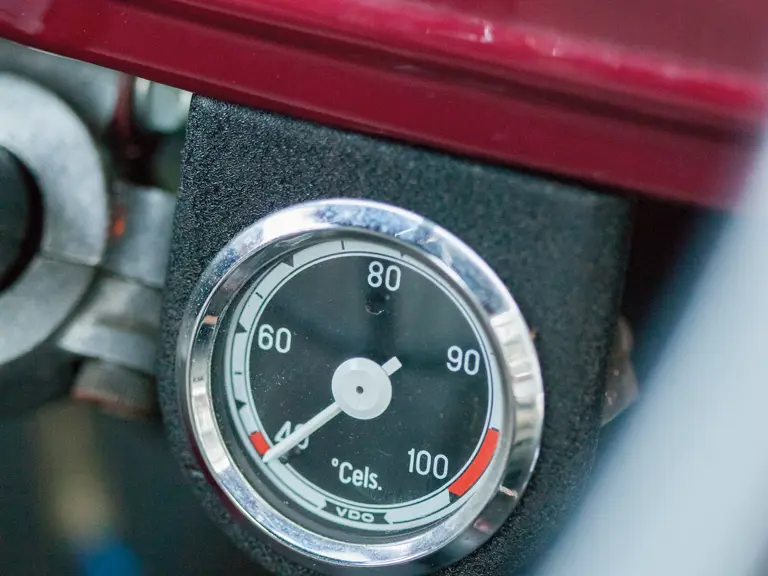


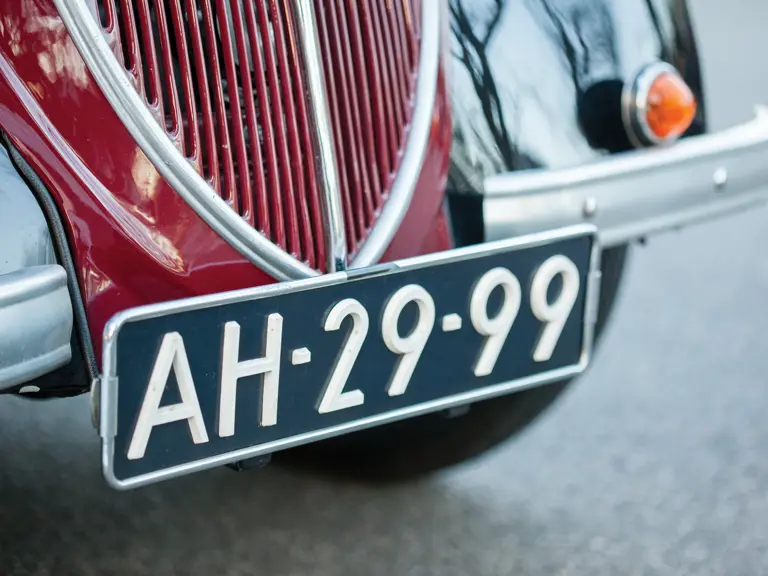
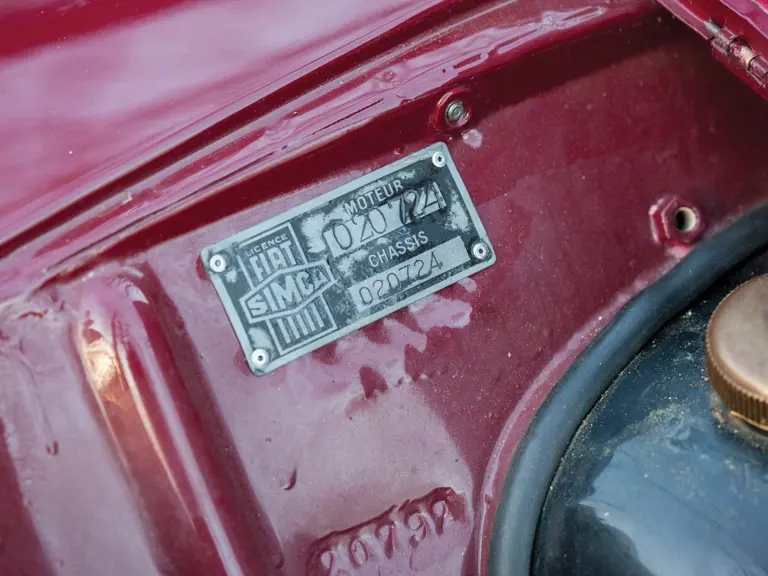


 | Amelia Island, Florida
| Amelia Island, Florida
